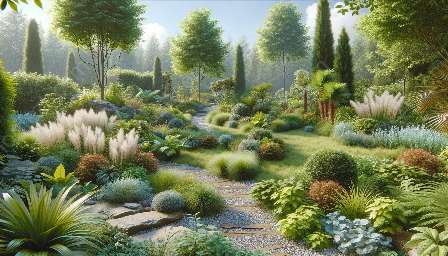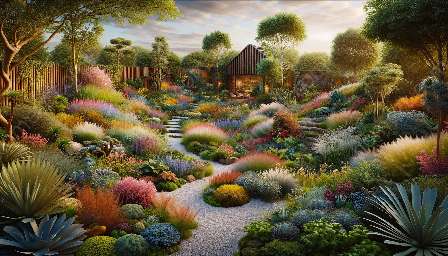Japanese gardens have captivated people worldwide for centuries, offering a serene and harmonious oasis that reflects the beauty of nature and the art of garden design. The enchanting tranquility and profound design principles of Japanese gardens can be an inspiration for creating a peaceful and aesthetically pleasing yard and patio space.
The Historical and Cultural Roots of Japanese Gardens
The tradition of Japanese gardening can be traced back to the Asuka and Nara periods, when the influence of Chinese gardening techniques merged with the distinct Japanese aesthetic sense. These early gardens were heavily inspired by the principles of Buddhism and the concept of creating natural landscapes within a controlled environment. Over time, Japanese gardens evolved into diverse styles, each reflecting different aspects of Japanese culture and history.
Key Elements of Japanese Garden Design
Japanese gardens are distinguished by their careful attention to detail and the harmonious integration of natural and man-made elements. One of the defining features is the concept of 'wabi-sabi,' which embraces imperfection and transience, allowing the beauty of the natural world to shine through. Stones, water, plants, and architectural structures are meticulously arranged to create a sense of balance and tranquility. Additionally, the use of symbolic elements, such as lanterns, bridges, and pathways, further contributes to the overall ambience of the garden.
Japanese Garden Styles and Their Significance
There are several traditional styles of Japanese gardens, each with its own unique characteristics and cultural significance. The 'kare-sansui' or dry landscape garden, often referred to as a Zen garden, features raked gravel or sand that represents water or mountains, providing a meditative space for contemplation. In contrast, the 'tsukiyama' or hill-and-pond garden simulates natural landscapes, incorporating rolling hills, ponds, and meandering pathways to evoke a sense of serenity.
Bringing Japanese Influence into Your Garden Design
Whether you have a sprawling backyard or a cozy patio, integrating elements of Japanese garden design can elevate the aesthetic appeal and create a tranquil atmosphere. Start by incorporating carefully placed rocks and gravel to mimic the calming effect of water, or adding a small bridge to create a sense of movement and contemplation. Consider planting ornamental trees, such as Japanese maple or cherry blossom, to infuse your space with the beauty of seasonal changes.
Harmonizing Japanese Sensibilities with Yard and Patio Designs
Japanese design principles can seamlessly merge with modern garden and patio layouts, bringing a touch of elegance and serenity to outdoor living spaces. Emphasize simplicity and minimalism in your design choices, opting for clean lines, natural materials, and a balanced arrangement of elements. Whether it's a traditional tea house-inspired patio or a peaceful rock garden, infusing Japanese aesthetics into your yard and patio can transform them into calming retreats.
Incorporating Japanese Garden Design for Tranquility
Creating your own version of a Japanese-inspired garden or backyard sanctuary provides a space for relaxation and reflection. By embracing the essence of Japanese garden design, you can cultivate a harmonious outdoor environment that embodies the timeless beauty and tranquility of traditional Japanese gardens.




